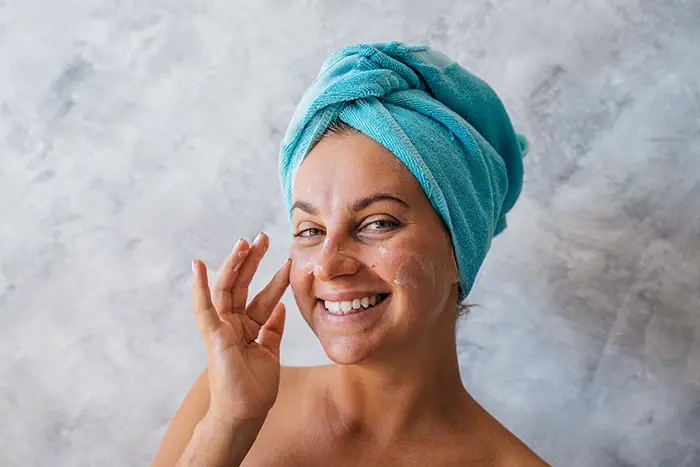Caring About Skin Care
Although there is no such thing as a proper skincare routine, there is an ideal manner of applying your products.
Whether you’re a minimalist who loves keeping to a three-step routine or the type of person prepared to undergo ten steps daily in search of glass skin, the manner you layer your selected products has a significant impact on how well they function. The more product-intensive the order becomes, the more critical it becomes.

Having the best shop beauty products certainly goes a long way to help achieve the best skincare routine. However, you must also apply your items in the proper order for them to be effective. Your skincare routine is influenced by your skin type, product ingredients and formulations, and the time of day. However, because thin products will not penetrate heavy ones, it is a good rule of thumb to apply items in order of texture, from thinnest to thickest. The steps to a good skincare routine are listed below.

Washing
Rinse your face with water every morning and night, then rub a small amount of gentle cleanser between your clean palms. Face wash should be gently rubbed over the entire surface of your face. Remove the cleanser and debris from your face by rinsing your hands and massaging your face with water. Gently pat your face dry with a gentle towel. You may need to cleanse twice if you use makeup at night.
Toner
Sixty percent of women add a toning step to their program after cleansing. The effectiveness of a skin toner varies depending on the product. Still, they typically improve the skin’s surface by unclogging pores, assisting in adding essential nutrients, moisturizing the skin, and offering further washing.
Serums
Serums are nutrient-dense, highly concentrated medicines that address specific ailments. As a result, they should be used as close to the skin as feasible. Serums are available in a variety of forms nowadays. Still, for daytime, we recommend antioxidant serums, which have a number of benefits, including reducing inflammation and neutralizing the damage caused by UV radiation and pollution.

Moisturize
Then there are heavier compositions like moisturizers, which help keep skin moisturized and build its barrier. Choose a lighter moisturizer for daytime use, such as a lotion or gel that absorbs rapidly and won’t pill beneath makeup unless you have dry skin. Try a thicker composition, such as a cream, if your skin is more dehydrated. Ceramides and hyaluronic acid are the building blocks of moisture retention in the skin; therefore, look for them.
Eye Cream
To avoid straining at the sensitive skin surrounding your eyes, use your ring finger to softly dab eye cream around them, not just underneath them. If you’re concerned that eye cream will smudge your concealer or eye makeup, opt for a lighter option, such as a moisturizing gel that absorbs quickly and stays put. Look for elements like peptides, which help tighten and depuff your skin, and antioxidants for the best results.
Spot Treatment
If you have a blemish, treat it with an anti-inflammatory solution first, then use a spot-drying treatment to clean out the rest of it. A cyst is an infection that grows beneath the skin and demands the use of an internal infection-targeting product.
Retinoids
Retinoids help diminish dark spots, breakouts, and fine wrinkles by accelerating skin-cell turnover, but they can also irritate sensitive skin. Remember that retinoids deteriorate in the sun, so only use them at night. They also make your skin more sun-sensitive, necessitating the application of sunscreen.
Oils
Face oils are occlusive, which means they retain all of the chemicals and moisture you just applied to your face from evaporating as rapidly. Oils don’t hydrate your skin very effectively on their own. Still, when you layer them over other products, they assist in boosting the efficacy of your routine while also leaving skin soft and smooth. Just remember to apply your oils last.
##
With love,
FWO



